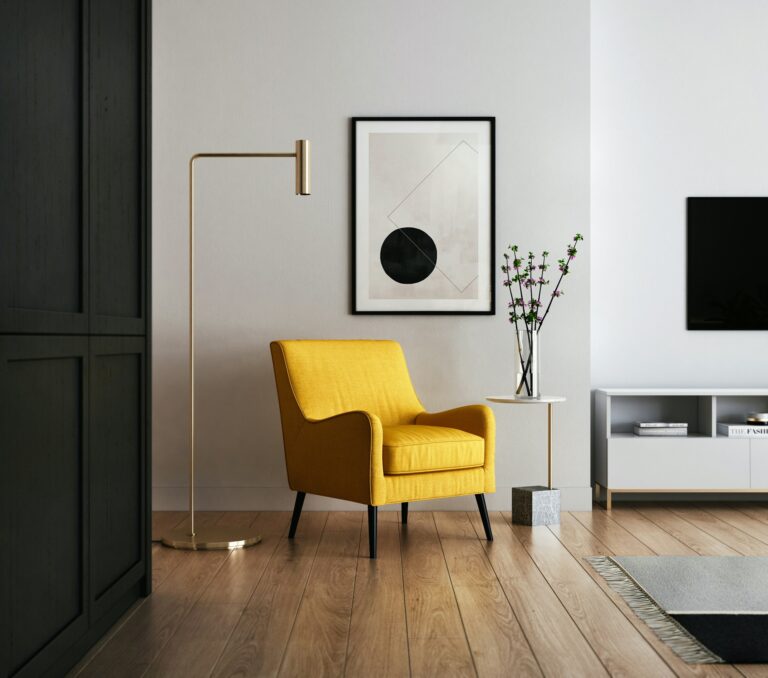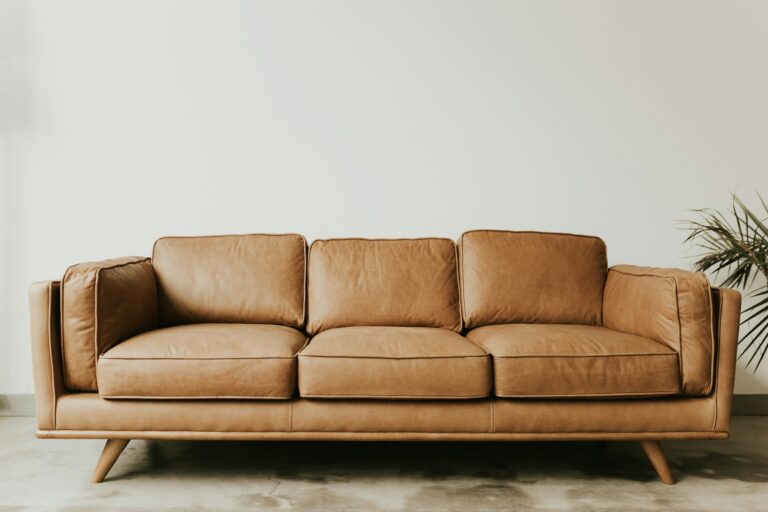5 Key Tips for Designing a Functional and Stylish Dining Room
The dining room is more than just a place to eat; it’s a space where family and friends gather, celebrate special occasions, and create lasting memories. Whether you’re hosting a dinner party or enjoying a casual meal with loved ones, having a dining room that’s both functional and stylish is essential. But how do you balance the two? How can you design a dining room that meets your everyday needs without sacrificing style?
In this blog, we’ll share five key tips to help you create a dining room that’s both functional and beautiful. From selecting the right furniture to optimizing the space, these tips will guide you in designing a dining room that suits your lifestyle and adds elegance to your home.
1. Choose the Right Dining Table
The dining table is the centerpiece of any dining room, so selecting the right one is crucial. It needs to be both functional—offering enough seating for your family or guests—and stylish, complementing the overall aesthetic of the room. Here’s what to consider when choosing your dining table:
- Size and Shape: Make sure the table is appropriately sized for the space. A large table might look stunning, but if it takes up too much room, it can make the space feel cramped. Conversely, a too-small table can feel out of place. Common dining table shapes include rectangular, round, and square. Rectangular tables are great for long, narrow spaces, while round tables are perfect for smaller or more intimate settings.
- Material: The material of your dining table affects both its durability and appearance. Wooden tables provide a classic, timeless look and are durable for everyday use. For a more modern aesthetic, consider a metal or glass table. Be sure to choose a material that fits your overall style and is practical for your needs.
- Extendable Tables: If you frequently host guests, an extendable table can be a great investment. This allows you to add extra seating when needed, without sacrificing space when it’s not in use.
Tip: Keep in mind that the height of the table should be comfortable for your dining chairs. Standard dining table height is typically 28–30 inches.
2. Select Comfortable and Stylish Dining Chairs
Your dining chairs play a huge role in both the comfort and style of your dining room. They should be comfortable enough to sit in for long meals, yet stylish enough to match the tone of the room. Here’s how to select the right chairs:
- Comfort: Dining chairs should have supportive seats and backs to ensure comfort during meals. Look for chairs with cushioned seats or upholstered options that provide both style and support. If you prefer a firmer feel, consider wooden or metal chairs with a contoured seat.
- Style: Dining chairs come in a wide range of styles, from sleek and modern to traditional and ornate. Match the style of the chairs to the aesthetic of your table. For example, if you have a rustic wood table, consider pairing it with leather or fabric-upholstered chairs for a cozy, classic feel. For a more contemporary look, choose metal or acrylic chairs.
- Chair Arrangement: If you have a large dining table, you may want to mix and match different types of chairs for visual interest. You can use armchairs at the head of the table and side chairs for the rest of the seating.
Tip: For added comfort, consider chairs with padded seats or even ergonomic designs that provide good back support.
3. Add a Statement Lighting Fixture
Lighting is crucial for creating the right ambiance in your dining room. A statement lighting fixture above your dining table not only provides functional lighting but also adds a touch of style and sophistication to the space. Here are a few ideas for lighting your dining room:
- Chandeliers: A chandelier is a classic choice for dining rooms and instantly adds elegance. Choose a crystal chandelier for a glamorous look or a modern metal chandelier for a sleek, minimalist vibe.
- Pendant Lights: If you prefer something more modern, a set of pendant lights hanging above the dining table can provide a contemporary touch. Pendant lights are available in a variety of styles, from industrial to Scandinavian, and can be adjusted for the perfect amount of light.
- Dimmer Switches: To create the ideal mood for different occasions, install a dimmer switch. This allows you to adjust the lighting for casual dinners or more formal gatherings.
Tip: Ensure the lighting is positioned to provide ample illumination for the table without casting shadows. The bottom of your chandelier or pendant lights should hang about 30–36 inches above the table.
4. Optimize the Layout and Flow
A functional dining room isn’t just about the furniture—it’s also about how the room is laid out. The layout should allow for easy movement while also maximizing the use of the space. Here’s how to optimize the flow of your dining room:
- Keep Pathways Clear: Leave enough space between the table and walls or other furniture so that people can move around easily. A clearance of about 36–42 inches between the table and surrounding furniture is ideal for smooth traffic flow.
- Create a Balanced Layout: Arrange furniture in a way that creates balance in the room. For example, if you have a large dining table, consider placing it in the center of the room with equal space on either side. If you have a smaller room, you might want to place the table against a wall or opt for a smaller table to save space.
- Flow Into Other Rooms: If your dining room is part of an open floor plan, make sure the layout flows seamlessly into adjacent spaces. Keep sightlines open so that the dining area doesn’t feel isolated from the rest of the home.
Tip: Consider the purpose of the room. If you entertain often, you may want to ensure that your table is easy to access and there’s plenty of space for guests to move around. If the dining room is used for family meals, make sure there’s enough seating and that the room feels cozy.
5. Incorporate Storage and Display Solutions
Every dining room needs practical storage solutions to keep things organized and functional. You’ll need a place to store dishes, glassware, linens, and serving pieces, as well as a place to display decorative items that enhance the room’s style.
- Sideboards and Buffets: A sideboard or buffet is an excellent addition for extra storage. It provides a surface for serving dishes and storing items like china or silverware. It also adds visual interest to the room and can be used to display decorative items like vases or art.
- Cabinets and Shelving: If you don’t have room for a large sideboard, consider installing wall-mounted shelves or a display cabinet to store and showcase your dining essentials.
- Console Tables: A console table against a wall can provide additional storage and display space. It’s an elegant way to store items like napkins, candles, or small decorative objects.
Tip: Use storage pieces that complement the style of your dining room. For a modern space, opt for sleek, minimalist designs, while traditional spaces may benefit from a more ornate, wooden piece.
Final Thoughts
Designing a dining room that is both functional and stylish requires careful consideration of furniture, layout, lighting, and storage. By choosing the right dining table, comfortable chairs, and incorporating elements like statement lighting and practical storage solutions, you can create a space that suits your needs while also enhancing the aesthetic of your home. Whether you’re hosting family dinners, holiday meals, or casual get-togethers, your dining room will become a space that’s both beautiful and practical. With these tips, you’ll be well on your way to designing the perfect dining room that works for both everyday meals and special occasions.



